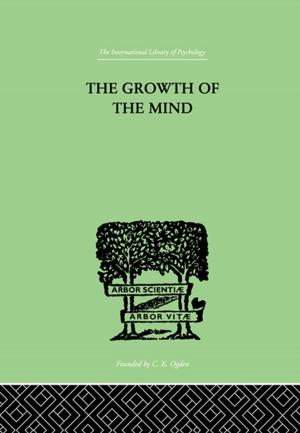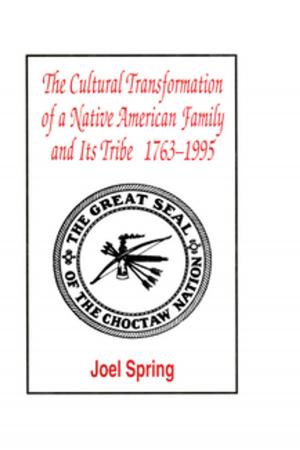Hunter-Gatherer Childhoods
Evolutionary, Developmental, and Cultural Perspectives
Nonfiction, Social & Cultural Studies, Social Science, Anthropology| Author: | Barry S. Hewlett | ISBN: | 9781351514149 |
| Publisher: | Taylor and Francis | Publication: | July 28, 2017 |
| Imprint: | Routledge | Language: | English |
| Author: | Barry S. Hewlett |
| ISBN: | 9781351514149 |
| Publisher: | Taylor and Francis |
| Publication: | July 28, 2017 |
| Imprint: | Routledge |
| Language: | English |
In the vast anthropological literature devoted to hunter-gatherer societies, surprisingly little attention has been paid to the place of hunter-gatherer children. Children often represent 40 percent of hunter-gatherer populations, thus nearly half the population is omitted from most hunter-gatherer ethnographies and research. This volume is designed to bridge the gap in our understanding of the daily lives, knowledge, and development of hunter-gatherer children.The twenty-six contributors to Hunter-Gatherer Childhoods use three general but complementary theoretical approaches--evolutionary, developmental, cultural--in their presentations of new and insightful ethnographic data. For instance, the authors employ these theoretical orientations to provide the first systematic studies of hunter-gatherer children's hunting, play, infant care by children, weaning and expressions of grief. The chapters focus on understanding the daily life experiences of children, and their views and feelings about their lives and cultural change. Chapters address some of the following questions: why does childhood exist, who cares for hunter-gatherer children, what are the characteristic features of hunter-gatherer children's development and what are the impacts of culture change on hunter-gatherer child care?The book is divided into five parts. The first section provides historical, theoretical and conceptual framework for the volume; the second section examines data to test competing hypotheses regarding why childhood is particularly long in humans; the third section expands on the second section by looking at who cares for hunter-gatherer children; the fourth section explores several developmental issues such as weaning, play and loss of loved ones; and, the final section examines the impact of sedentism and schools on hunter-gatherer children.This pioneering volume will help to stimulate further research and scholarship on hunter-gatherer childhoods, th
In the vast anthropological literature devoted to hunter-gatherer societies, surprisingly little attention has been paid to the place of hunter-gatherer children. Children often represent 40 percent of hunter-gatherer populations, thus nearly half the population is omitted from most hunter-gatherer ethnographies and research. This volume is designed to bridge the gap in our understanding of the daily lives, knowledge, and development of hunter-gatherer children.The twenty-six contributors to Hunter-Gatherer Childhoods use three general but complementary theoretical approaches--evolutionary, developmental, cultural--in their presentations of new and insightful ethnographic data. For instance, the authors employ these theoretical orientations to provide the first systematic studies of hunter-gatherer children's hunting, play, infant care by children, weaning and expressions of grief. The chapters focus on understanding the daily life experiences of children, and their views and feelings about their lives and cultural change. Chapters address some of the following questions: why does childhood exist, who cares for hunter-gatherer children, what are the characteristic features of hunter-gatherer children's development and what are the impacts of culture change on hunter-gatherer child care?The book is divided into five parts. The first section provides historical, theoretical and conceptual framework for the volume; the second section examines data to test competing hypotheses regarding why childhood is particularly long in humans; the third section expands on the second section by looking at who cares for hunter-gatherer children; the fourth section explores several developmental issues such as weaning, play and loss of loved ones; and, the final section examines the impact of sedentism and schools on hunter-gatherer children.This pioneering volume will help to stimulate further research and scholarship on hunter-gatherer childhoods, th















